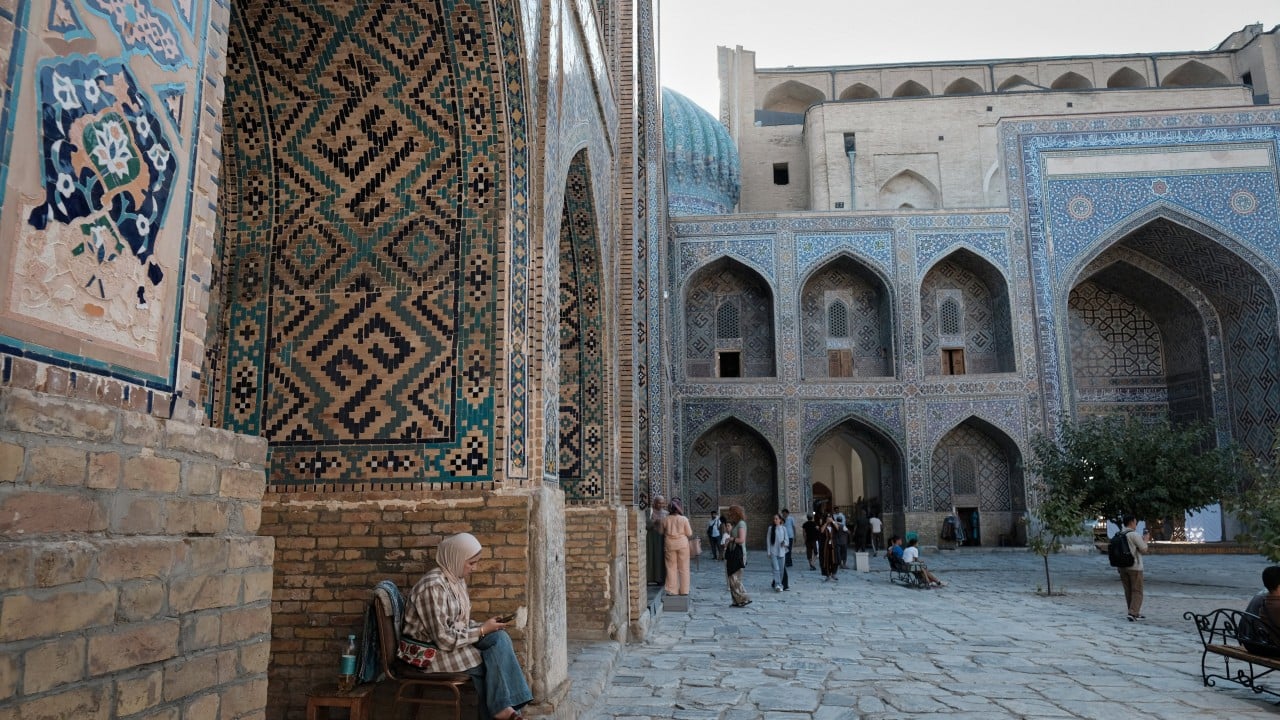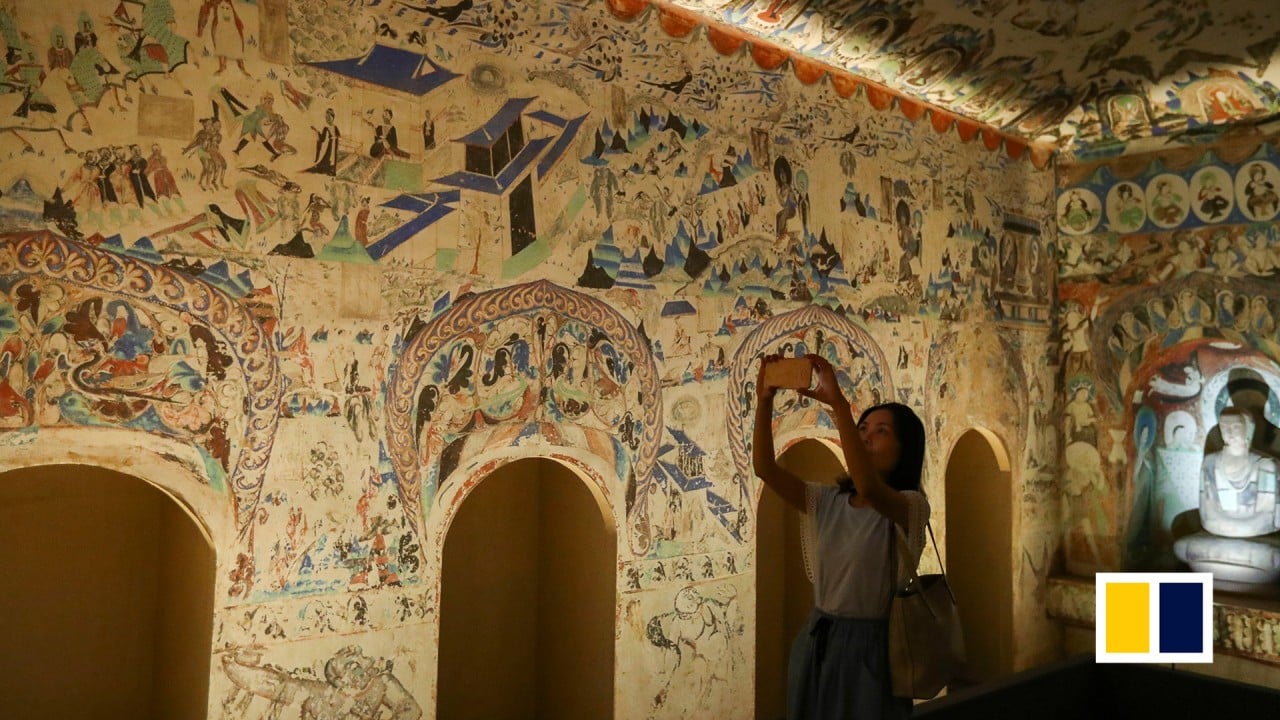When Beijing company executive Lillian Zhu saw the Tianjin Museum’s exhibition of Kazakhstan artefacts earlier this year, she was captivated by the vibrant culture of Central Asia and was determined to find out more.
Advertisement
“It struck me how little I knew about the Silk Road countries beyond China. The fusion of nomadic and settled lifestyles is so intriguing,” she said.
Inspired by the display of nearly 200 artefacts from Kazakhstan’s National Museum, Zhu booked a 15-day study tour this summer to the five Central Asian republics – Kazakhstan, Kyrgyzstan, Tajikistan, Turkmenistan and Uzbekistan.
Zhu is just one of the growing number of Chinese visitors to Central Asia, often called the crossroads of civilisations. It was a vital hub for the ancient Silk Road, easing cultural and economic exchanges between East and West.
China’s Belt and Road Initiative, launched by President Xi Jinping in 2013 during a visit to Kazakhstan, revitalised interest in the region. The massive infrastructure and trade programme aims to enhance connectivity across Asia, Europe, Africa and beyond.
Advertisement
Coupled with interactions under the Shanghai Cooperation Organisation (SCO) – established in 2001 with four Central Asian countries among its six founding members – cultural exchanges have been surging between China and the region.


